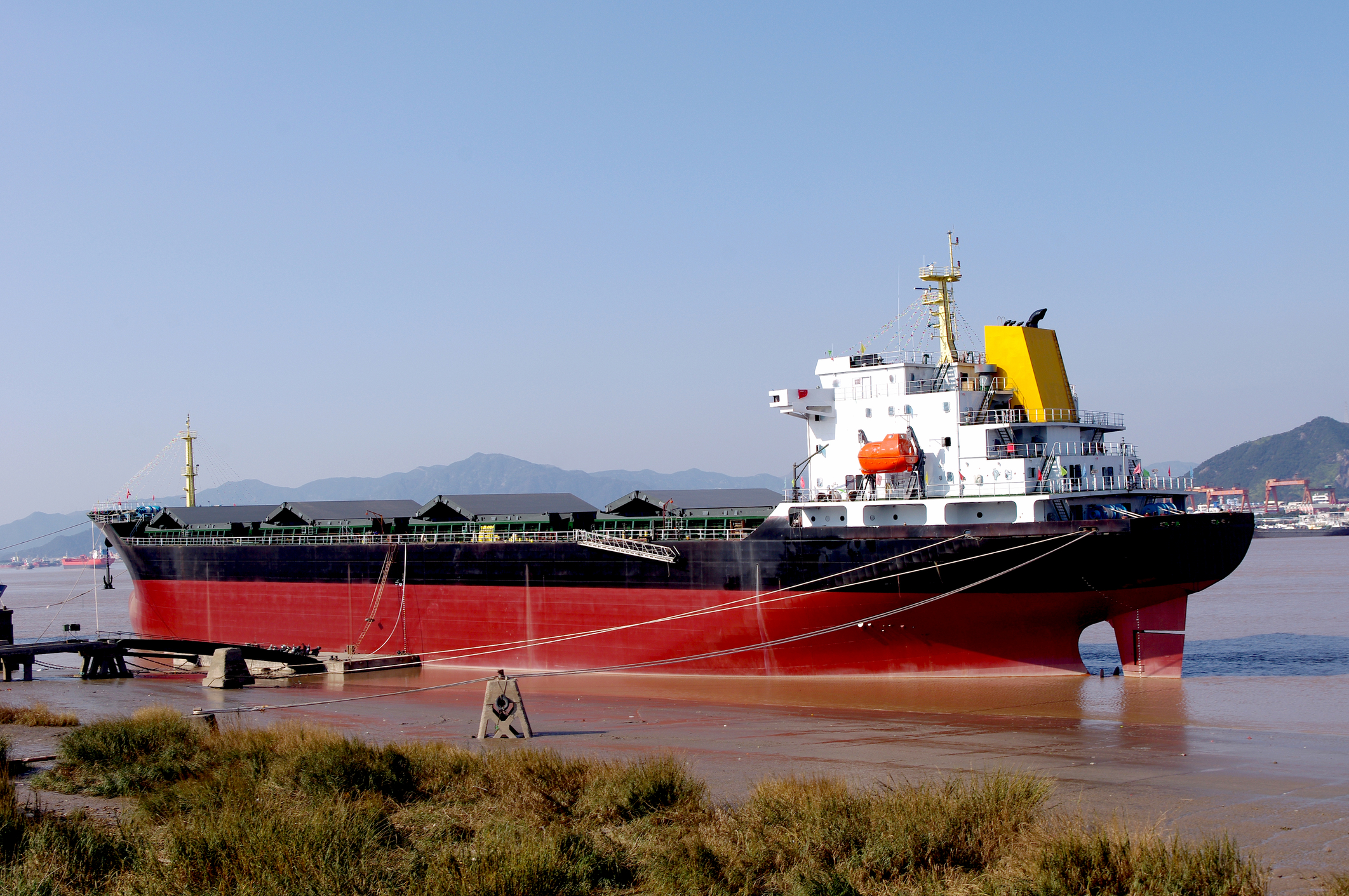China is by far the largest energy investor globally, spending twice as much on energy as the European Union and almost as much as the EU and United States combined, according to International Energy Agency (IEA) executive director Fatih Birol.
Over the past decade, China’s share of global clean energy spending has risen from a quarter to almost a third, underpinned by strategic investments in a wide range of technologies, including solar, wind, hydropower, nuclear, batteries and EVs, the latest edition of the IEA’s World Energy Investment report demonstrates.
In 2024 China’s clean energy investment was more than $625bn, almost doubling since 2015.
“When the IEA published the first ever edition of its World Energy Investment report nearly ten years ago, it showed energy investment in China in 2015 just edging ahead of that of the United States,” says IEA executive director Fatih Birol.
In the last five years, Chinese EV and battery manufacturers have announced some $80bn of investment to set up and expand manufacturing facilities in major markets, including Indonesia, Thailand, Brazil, Mexico and Türkiye.
Chinese energy investment has traditionally been dominated by state-owned enterprises and characterised by large-scale infrastructure projects backed by government financing. However, the landscape is beginning to shift.
In recent years the government has increasingly encouraged greater private sector participation in energy development.
On the other hand, USA was the world’s largest producer of oil and gas (20% of global output), as well as a major investor (25% of total investment) in 2024. This growth has been buoyed by rising investment in LNG export projects, mainly targeting Asian and European buyers.
Although well behind China, energy investment trends in India and Brazil stand out among emerging and developing economies.
Strong and sustained policy support has enabled these countries to take advantage of low-cost solar power, accompanied by significant wind and bioenergy investments, and the development of Brazil’s large offshore oil resources. India looks set to reach its 2030 target of 50% non-fossil generation capacity ahead of schedule.
Southeast Asia’s deployment of emerging technologies lags behind other regions, but the region is finding a place in clean energy supply chains, second only to China for solar manufacturing, while Indonesia is the world’s largest nickel producer.
In the past decade, the European Union has increased its commitment to clean energy, with investment reaching almost USD$390bn in 2025. Aside from ramping up support for renewables and energy efficiency, EU countries have also diversified gas supplies, notably by increasing LNG imports from the United States. This has contributed to a stabilisation in prices, but prices remain elevated compared to pre-crisis levels.
Investment in clean technologies such as renewables, nuclear, grids, storage, low-emissions fuels, efficiency and electrification is on course to hit a record $2.2 trillion this year, reflecting not only efforts to reduce emissions but also the growing influence of industrial policy, energy security concerns and the cost competitiveness of electricity-based solutions, according to the 2025 edition of the IEA’s annual World Energy Investment report.
Investment in oil, natural gas and coal is set to reach $1.1 trillion.
Meanwhile, spending on new LNG facilities is on a strong upward trajectory as new projects in the United States, Qatar, Canada and elsewhere prepare to come online.
Despite some delays and cost overruns in LNG projects that are planned and under construction, the period between 2026 and 2028 is likely to see some of the largest ever annual expansions in LNG capacity.
“Projects under construction in the United States (130 billion cubic metres of annual export capacity) promise to nearly double its export capacity, bringing not only additional volumes but also destination-flexibility to international gas markets,” the IEA’s report added.



